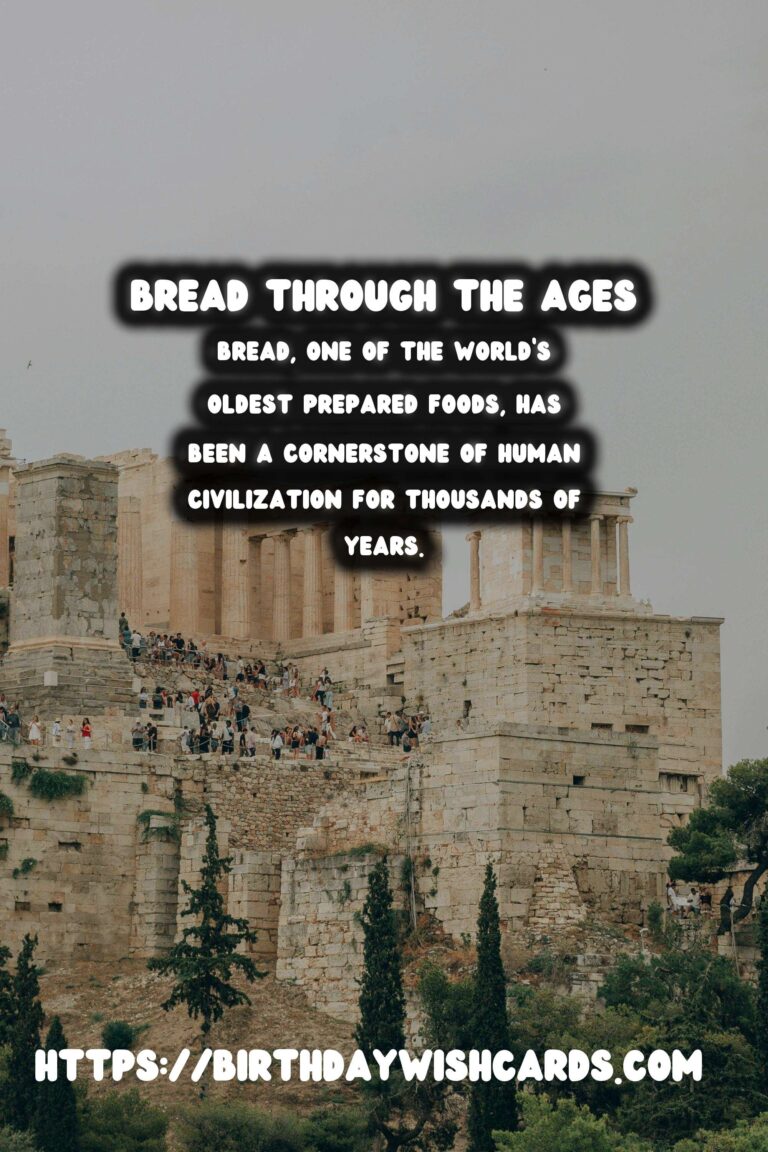
The Dawn of Breadmaking
Bread, one of the world’s oldest prepared foods, has been a cornerstone of human civilization for thousands of years. Its history is intertwined with the development of agriculture and civilization itself, tracing back to the time when the first humans began cultivating grains.
The earliest breads were likely very different from the soft, sliced loaves found in modern supermarkets. Archaeologists have found evidence suggesting that bread was being made as early as 14,000 years ago, well before the advent of agriculture. These were likely unleavened flatbreads, simple mixtures of wild cereal grains and water cooked over an open flame.
The Rise of Agriculture and Leavened Bread
With the Neolithic revolution came the domestication of wheat and barley in the Fertile Crescent, setting the stage for the birth of modern bread. The cultivation of these grains allowed for more sophisticated bread-making techniques to emerge. Around 3000 BCE, the Egyptians discovered the process of fermentation, which led to the production of leavened bread, a game-changer in the world of baking.
Leavened bread’s popularity spread across the Mediterranean world, with each culture adopting and adapting it to their own customs and tastes. The Romans were instrumental in refining bread-making techniques, and they contributed the first mechanized dough mixers powered by horses or oxen.
Medieval Bread: The Staple of Europe
During the Middle Ages, bread became a staple in Europe. Monasteries became centers of bread production, perfecting the art with advancements in milling and baking. While white bread became a mark of wealth and status, the masses often consumed darker, coarser bread made from rye or barley.
Guilds of bakers emerged during this time, and French bakers were particularly renowned for their innovation. The baguette, which wouldn’t be named as such until the 19th century, had its roots in this era, as did other traditional staples.
Industrial Revolution and the Birth of Modern Bread
The Industrial Revolution brought about monumental changes in bread-making. Mechanized milling, the introduction of roller mills, and the precise control of fermentation through commercial yeast transformed baking from a craft into an industry.
The invention of sliced bread in 1928 by Otto Frederick Rohwedder revolutionized the consumer bread market. His bread slicing and wrapping machine made it possible to distribute pre-sliced loaves across America, popularizing the convenience and consistency of mass-produced bread.
Contemporary Trends and the Return to Tradition
Today, the world of bread is as diverse as ever. While mass-produced bread continues to dominate, there has been a resurgence in artisanal and traditional baking methods. Artisan bakers focus on quality ingredients, sourdough fermentations, and long proving times, celebrating the flavors and textures of breads from centuries past.
Gluten-free and alternative-grain breads have also entered the mainstream, catering to dietary restrictions and preferences. This evolution reflects the ongoing adaptability and cultural significance of bread in modern society.
The Enduring Legacy of Bread
Bread has evolved from simple, ancient grains to a multifaceted staple found in innumerable forms across the globe. It continues to be a crucial part of human nutrition and culture, connecting us to our ancestors and showcasing our ability to adapt and innovate.
In tracing the history of bread, we’re reminded of its enduring presence and its unique ability to bring people together. From simple flatbreads to today’s gourmet loaves, the story of bread is a story of human ingenuity and resilience.
Bread, one of the world’s oldest prepared foods, has been a cornerstone of human civilization for thousands of years. The earliest breads were likely very different from the soft, sliced loaves found in modern supermarkets. 
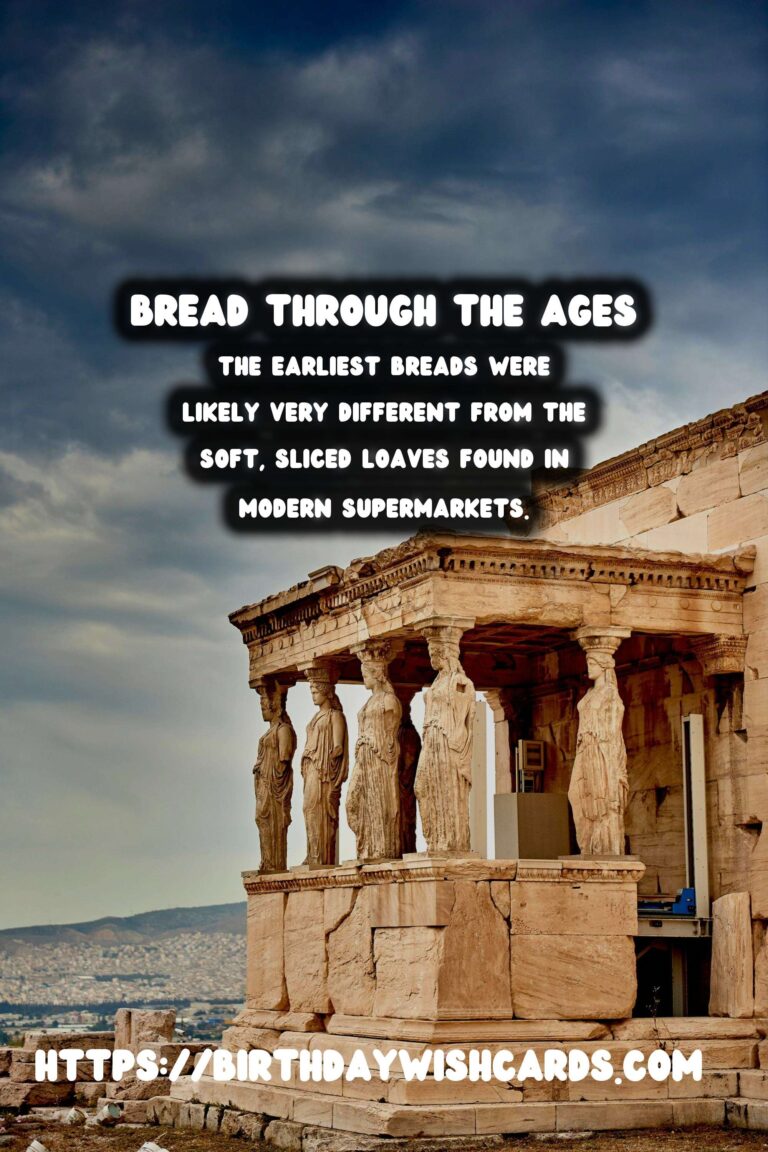
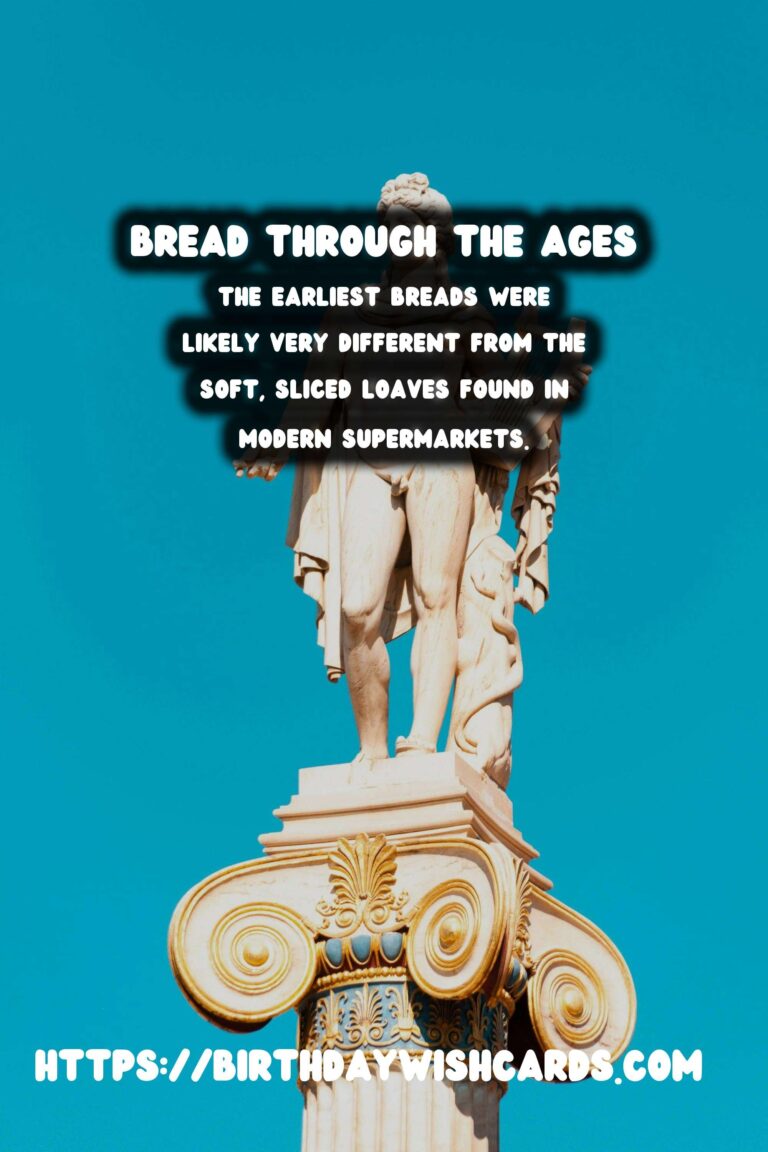
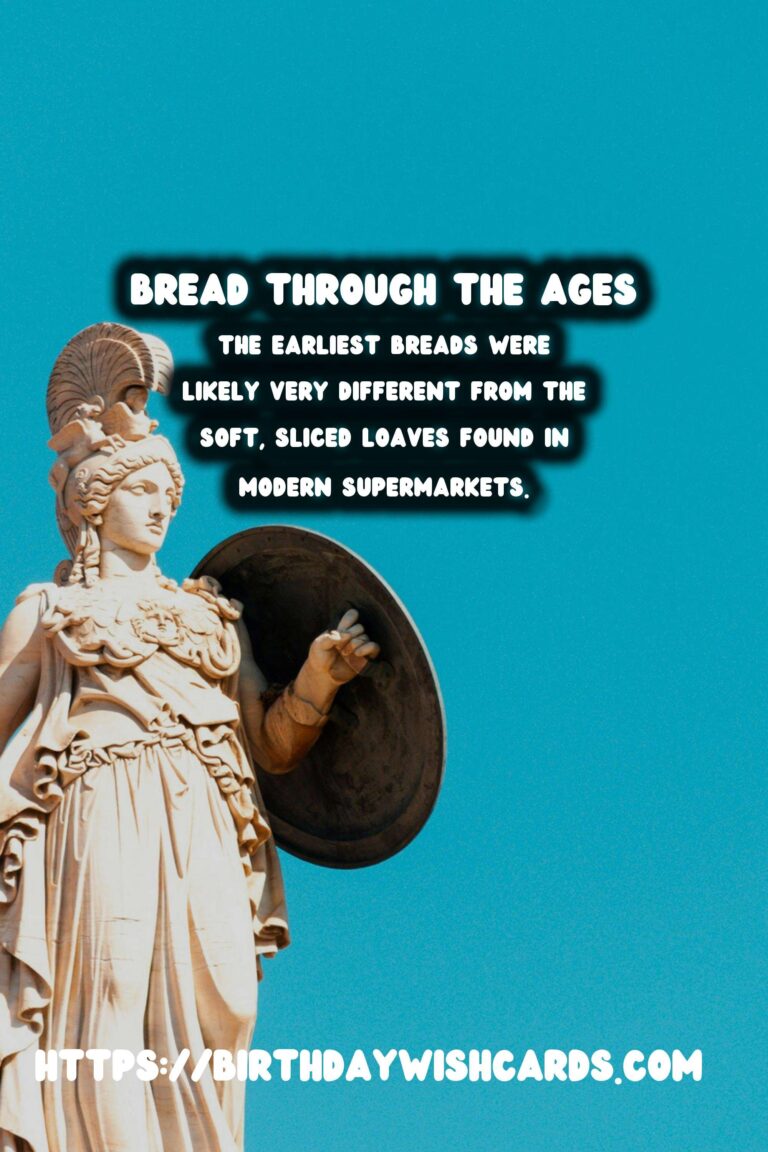
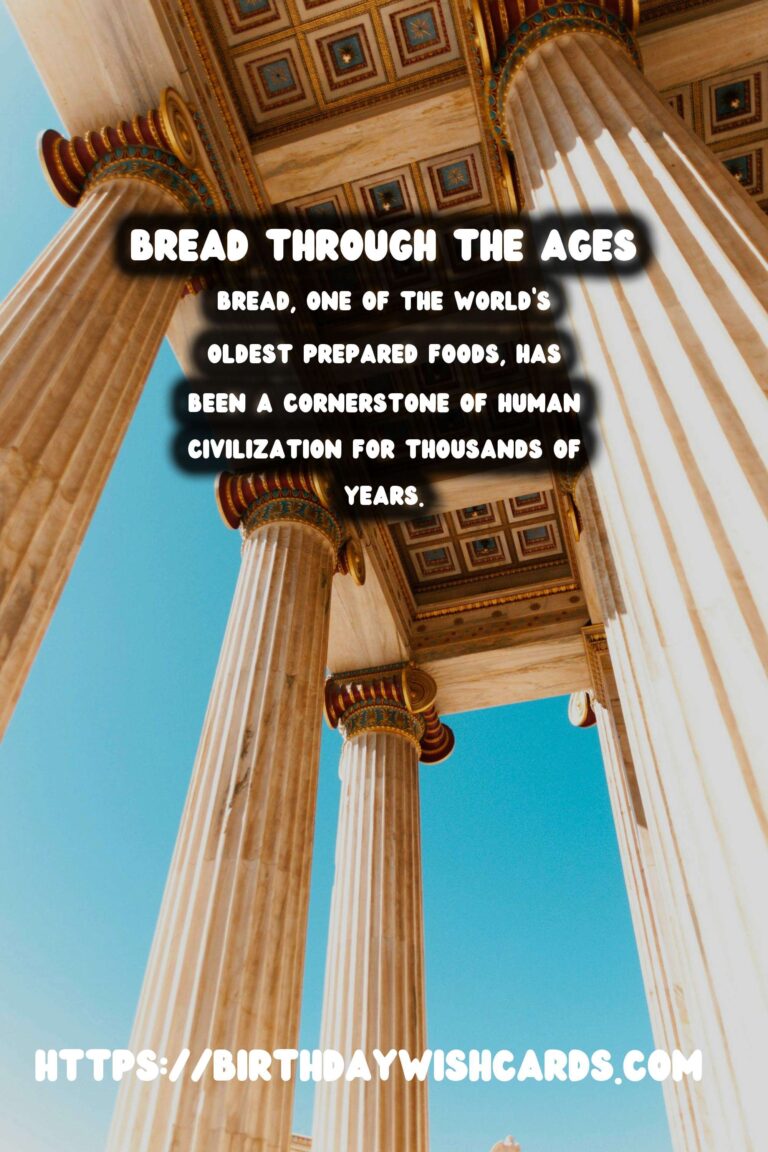
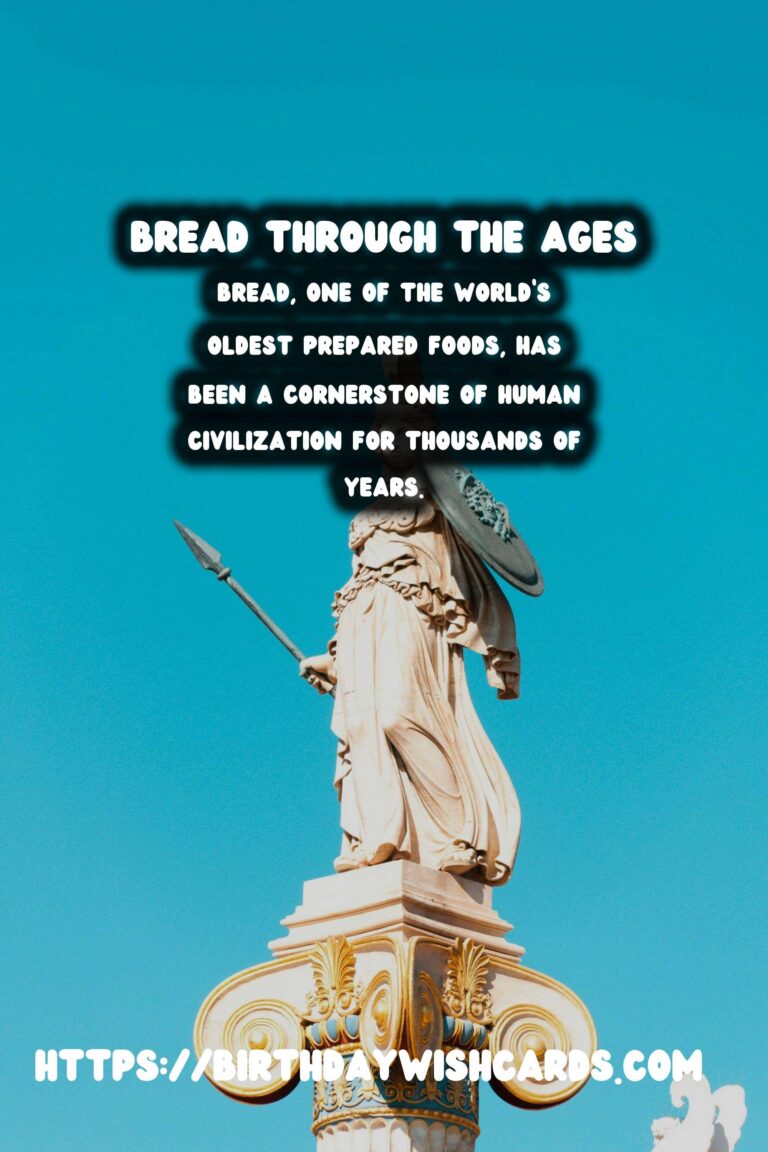
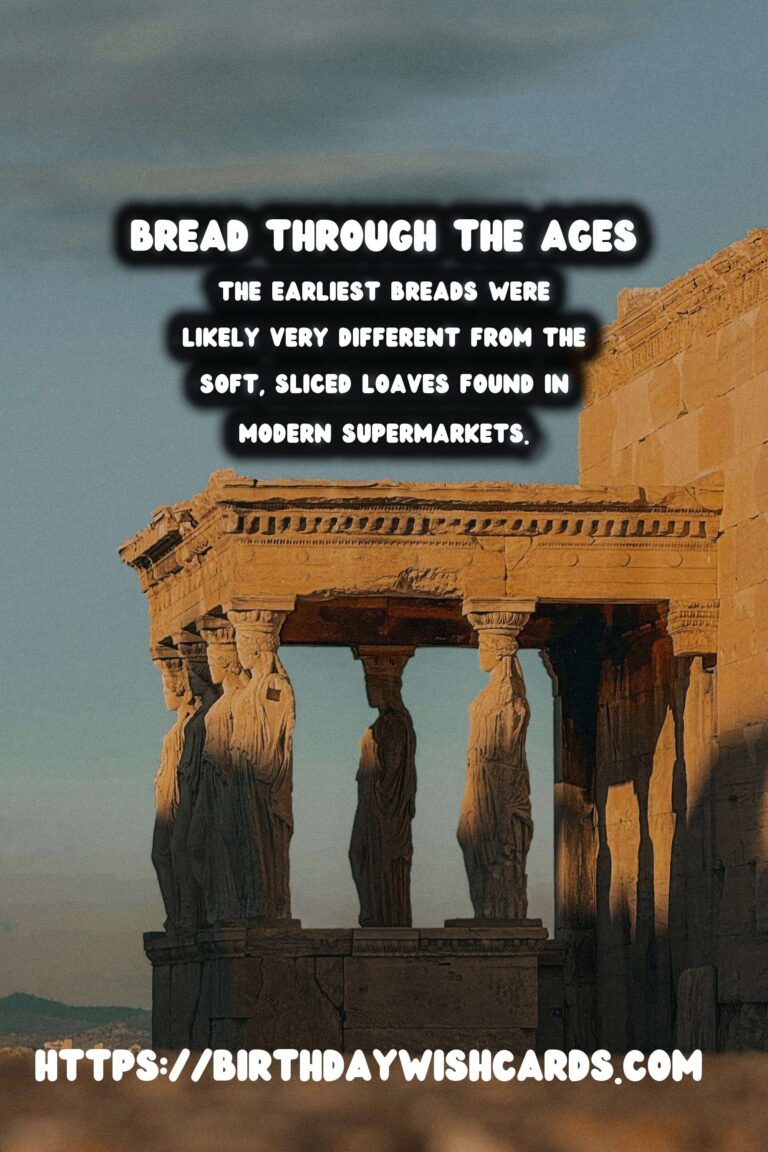
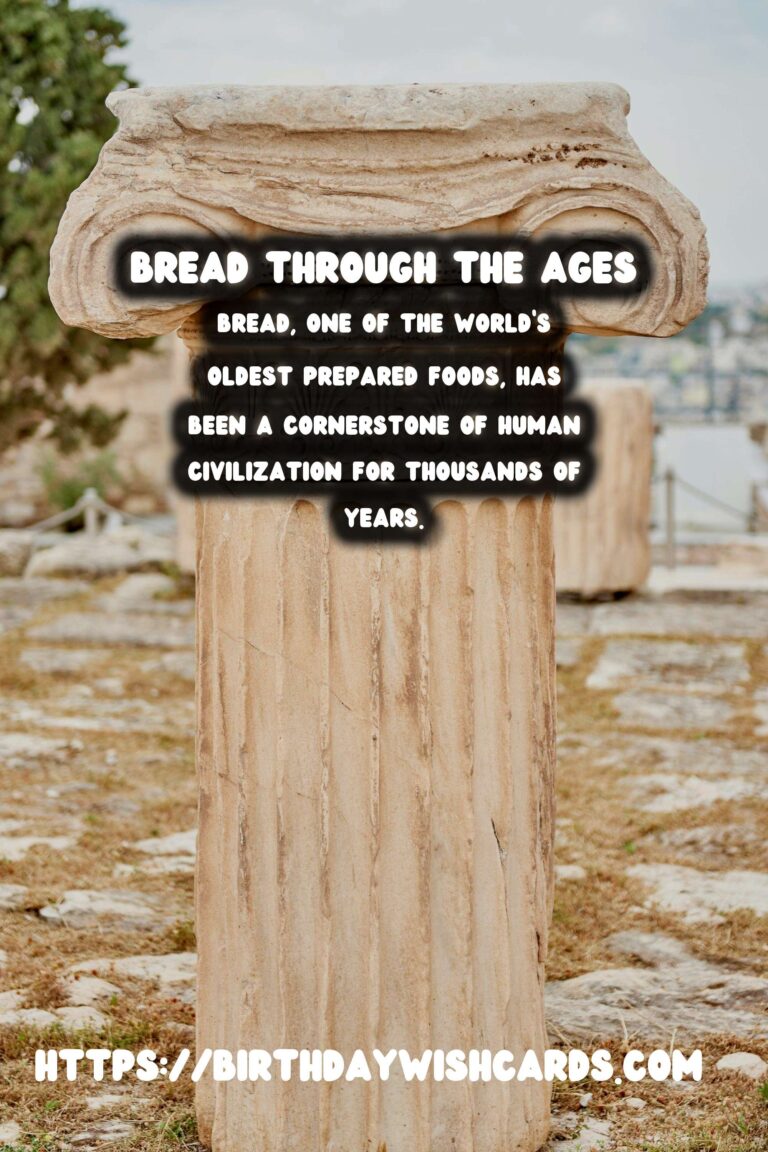
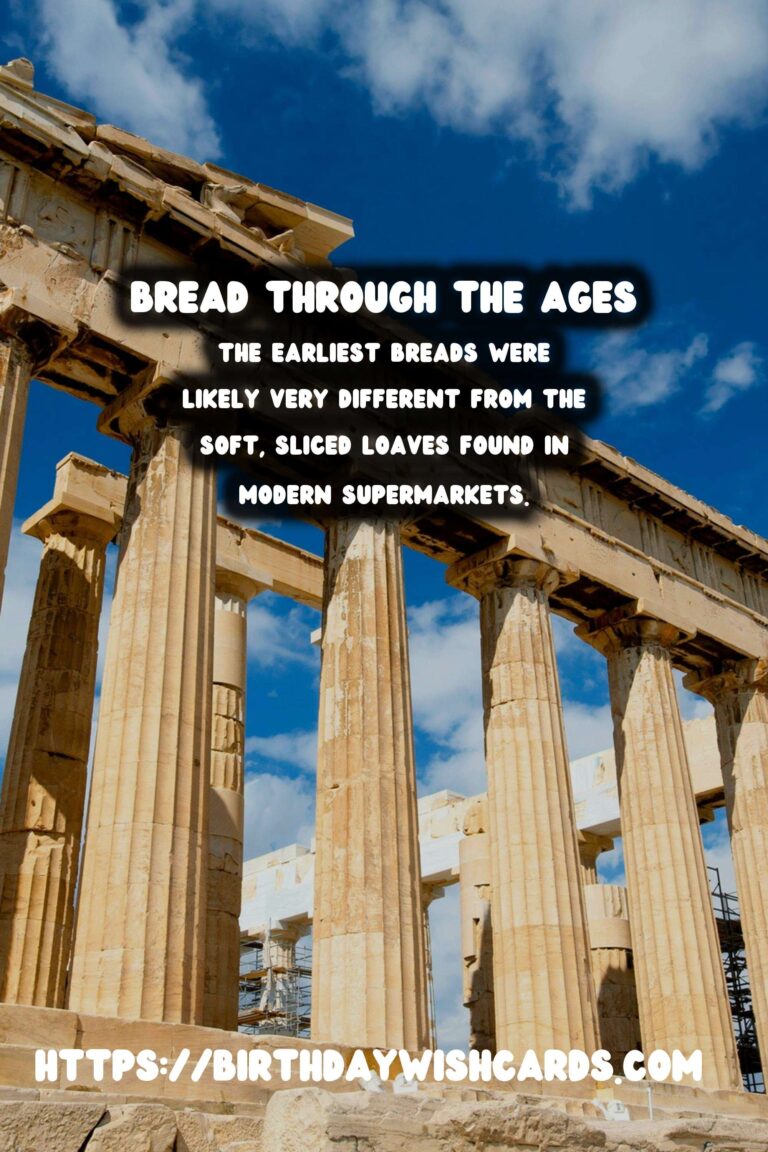
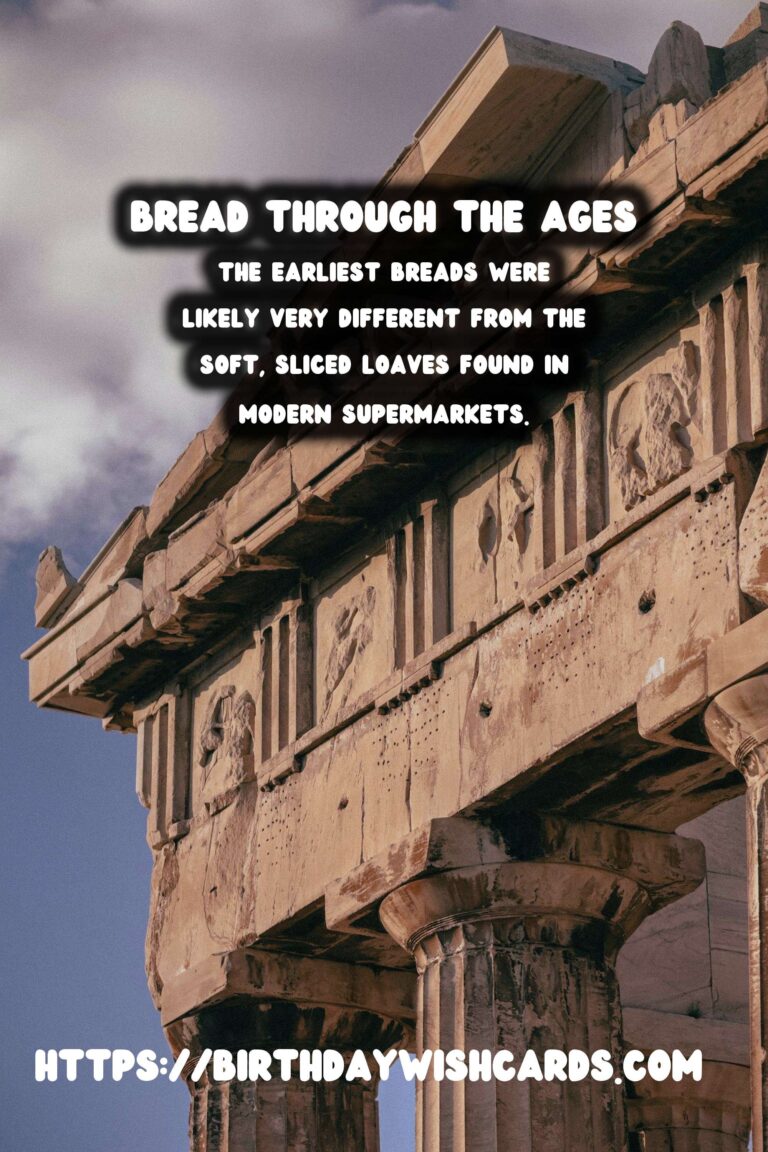
#historyofbread #modernloaves




